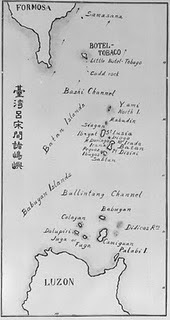On 4th March 2010, a 6.2 magnitude earthquake struck Taiwan, this region is one of the most seismically active regions on the globe and regularly struck by earthquakes. The most deadly in recent years, a 7.6-magnitude quake in September 1999, killing about 2,400 people and causing damage in the region of £7 billion.
Just to the south of Taiwan lies the Bashi Channel in the Luzon Strait, midway between Taiwan and the Philippines. This Channel is also geologically very active.
Most of the undersea cables that carry data and telephone traffic (including internet) between the countries of South East Asia and the US pass through the Bashi Channel. Due to the channel being quite narrow, with multiple cable systems running through it, this becomes a major choke point leading to catastrophic international communications failure when powerful subsea earthquakes strike.
When a major subsea earthquake takes place it can cut or bury several undersea cables at the same time, causing a major subsea cable traffic bottleneck. Although some traffic from the damaged cable systems can be switched onto alternate routes, these too are becoming very congested and reaching their bandwith limit. This disruption to one of the major telecommunications arteries in South East Asia can bring everything to a standstill:- until these vital links are restored.
Cable being recovered to a cable repair ship off Taiwan.
Using state of the art Digital GPS systems, advanced electronic cable charting, satellite navigation and fibre optic optoelectronic measuring devices, the damaged cable can be easily located on the seabed by cable repair vessels. But at 3000m plus water depth, this is outside the dive range of most remotely operated vehicles (ROVs), recovery of the cable for repair is carried out using the tried and tested old fashioned way - grappling hooks!
ROV used for cable location and recovery.
Grappling hook used to recover deep water cable.







